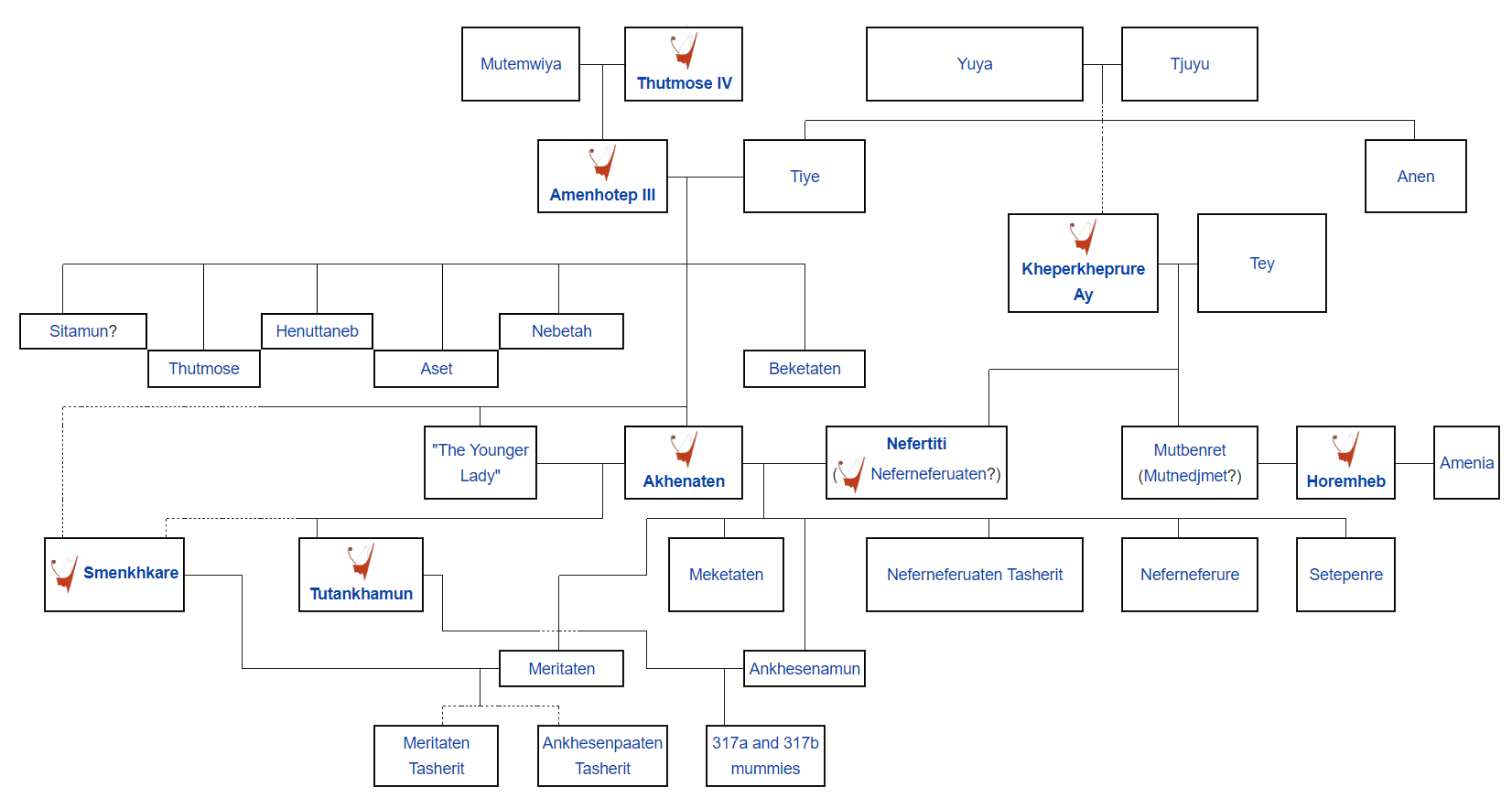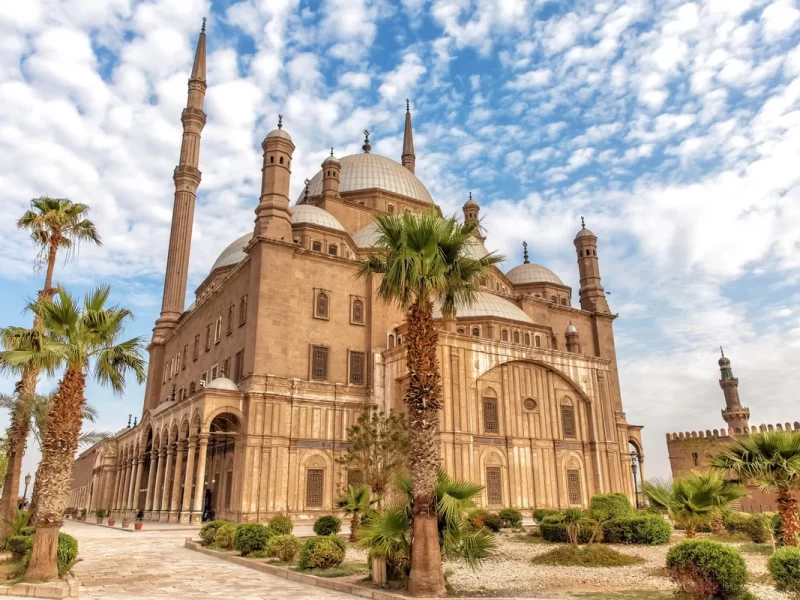The Tree of the Kings of the 18th Dynasty is one of the most important findings of the recent medical analysis, where a DNA study of the mummy of King Tutankhamun was conducted.
It proved that the king was the son of Akhenaten, and this is not the first time that a mummy analysis has been conducted.
The analysis was done on the mummy of King Ramses II to prove the causes of his death by drowning, which proved that The water in the corpse is not from drowning, but rather for the long duration that the body was placed in the water and then placed in the salt of natron.
We go back to the second half of the eighteenth dynasty kings, and some historians have confirmed that King Tutankhamun is the son of King Akhenaten from his secondary wife, Kia.
Akhenaten married Nefertiti and had six daughters, the elder of his daughters was Maritaten.
Tut married his half-sister Ankhas Ba Aten, whose name was changed to Amun instead of Aton, after returning to Taybeh from Tel Al-Amarna after Akhenaten’s death.
Tutankhamun ruled for about ten years at the age of nine years old.
King Akhenaten was the son of King Amenhotep III and Queen Tiye. She was a commoner of the people, as her parents were among the chief priests of Akhmim. Her parents were called Yuya and Tuya, and they had two sons, Ay and Anen, and one daughter Tiye.
Tiye may have greatly impacted Akhenaten’s transformation in unifying the god in the image of the sun disk Aton.
He moved to Al-Amarna (Tel Bani Imran) and called it Akhetaton, meaning the horizon of Aton.
King Horemheb, the last king of the family, married Mutnedjmet, the sister of Queen Nefertiti, the wife of King Akhenaten.
King Smenkh Kara, son of King Amenhotep III and Akhenaten’s half-brother.






Comment (0)